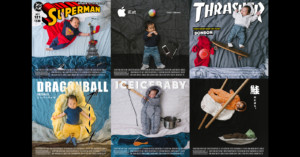
I Made 52 ‘Movie Posters’ of my Kid for the First 52 Weeks of His Life
You know how parents like to take pictures of their new born to document each milestone? We might’ve taken it too far.

You know how parents like to take pictures of their new born to document each milestone? We might’ve taken it too far.
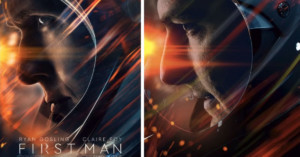
Photographer and retoucher Antti Karppinen has started a new series of video tutorials that aims to teach Photoshop techniques by recreating the looks seen in movie posters.
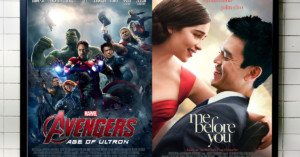
What would it be like if, instead of Tom Cruise and Daniel Craig and Matt Damon, the biggest blockbusters in Hollywood all starred Asian actor John Cho? That's what 25-year-old digital artist William Yu set out to find out in his series and social movement #StarringJohnCho, a protest against whitewashing in cinema.
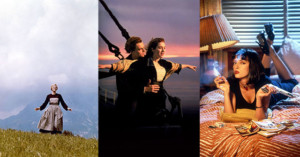
Famous movies often have iconic movie posters that are easily recognizable at a glance. We've collected text-less versions of 23 different posters to offer a closer look at the photos that are used to create them.
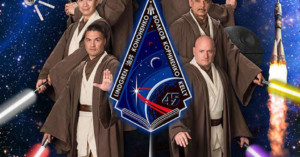
The image above may look like a poster for the upcoming Star Wars movie, but it's actually a portrait NASA just released of its Expedition 45 crew. It's a long-standing tradition of the space agency for its crews to pose for a wacky photo shoot for posters that are often parodies of popular Hollywood movies.
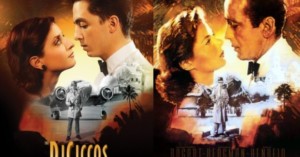
What started as soon-to-be-wed couple's idea to recreate a single movie poster quickly turned into a creative collection of awesome save-the-dates when Dave Dicicco and Rachael Batts employed the services of friend and Nashville-based wedding photographer Andres Martinez.
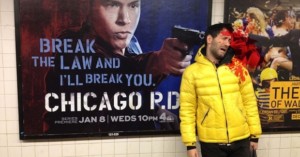
Artist Jon Burgerman thinks there are too many violent film posters greeting us everywhere we go. These posters of movie and TV show characters holding weapons are all too common, and most of them show the protagonist brandishing their weapon right at the viewer.
And so, Burgerman decided to fight back using a little bit of fake blood, a sense of humor and photography.
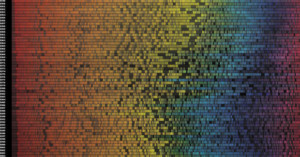
Software engineer Vijay Pandurangan had a theory, that turned into an experiment, that ultimately turned into some pretty interesting results. His theory was that over the years our color bias, specifically where movie posters are concerned, has gone more dark and blue. To test this he analyzed 35,000 posters from 1914 to present day and came up with the visual representation pictured above.